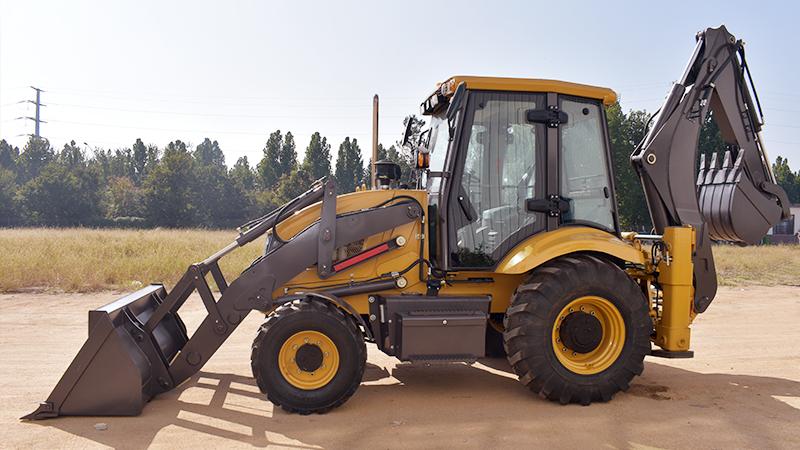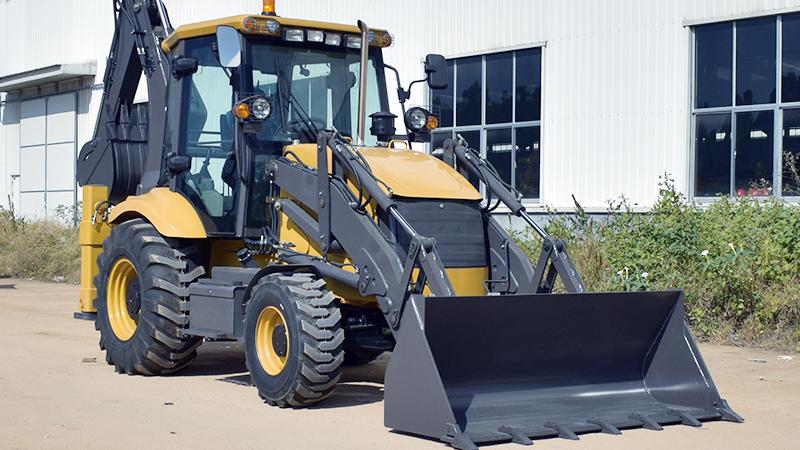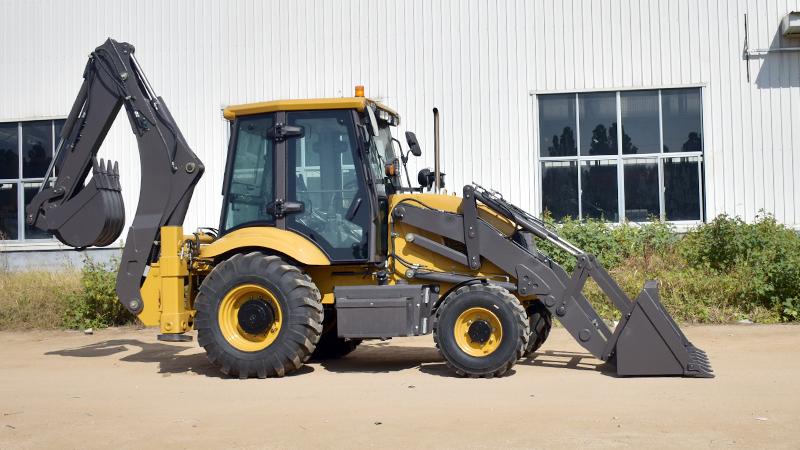The construction and agricultural industries are perpetually driven by the pursuit of efficiency and versatility in equipment. In this context, the telescopic loader, often referred to as a telehandler, has emerged as a remarkably adaptable piece of machinery, becoming a common sight on job sites worldwide. Its primary function, defined by its unique combination of a telescopic boom and a variety of attachable tools, is to lift and place materials at height and reach. However, a question that frequently arises among project managers, operators, and small business owners is whether this versatile machine can legitimately step into the role of an excavator for digging and earthmoving tasks. This article delves deep into this inquiry, moving beyond a simple yes or no to explore the nuanced realities, technical specifications, and critical safety considerations involved in using a telescopic loader for excavation. We will dissect the machine's inherent design principles, its strengths in related tasks, its profound limitations when faced with dedicated digging work, and the specific scenarios where it might be considered as a supplementary tool, all while emphasizing the paramount importance of operational safety and proper equipment selection. The goal is to provide a definitive resource that clarifies the capabilities of this multifaceted machine, ensuring that decisions are made based on a thorough understanding rather than assumption or convenience.
To properly assess the telescopic loader's potential for excavation, one must first understand its fundamental engineering and design philosophy. A telescopic loader is essentially a hybrid machine, combining elements of a forklift, a crane, and a small boom. Its core component is the telescopic boom, which extends forward and can often articulate vertically, providing exceptional reach and lift height. This design is optimized for material handling—lifting pallets of block, placing roofing trusses, or moving supplies around a site. The hydraulic system is calibrated for these lifting and positioning duties, prioritizing control and stability at height over the raw, concentrated force required for breaking ground. When equipped with a bucket attachment, a telehandler functions more like a very high-reach front-end loader than an excavator. It can perform light grading, backfilling, scooping loose material from a pile, and loading trucks. The key term here is "loose material." The machine's structure, including its chassis, boom arms, and hydraulic cylinders, is built to withstand significant torsional and bending stresses from suspended loads, but it is not designed to endure the constant, shock-inducing strain of penetrating compacted soil or rock. An excavator, in stark contrast, is engineered from the ground up for digging. Its robust undercarriage, powerful hydraulic pumps delivering high pressure and flow to its digging arm, and its ability to apply immense breakout force directly at the bucket tip are characteristics absent in a standard telescopic loader. Attempting to use a telehandler for anything more than the lightest digging is akin to using a screwdriver as a chisel; it might work for a soft material, but it will be inefficient, risk damaging the tool, and is inherently unsafe.
Despite these fundamental design limitations, there are specific, limited circumstances where a telescopic loader might be employed for tasks that border on excavation. The most common is backfilling. After a trench has been dug by a proper excavator and a pipe has been laid, the telehandler can be highly effective at pushing the spoil pile back into the trench. Its ability to reach across the trench from a stable position on firm ground is a distinct advantage. Similarly, for cleaning out shallow ditches filled with soft, previously disturbed earth or mud, a telehandler with a bucket can be quite capable. Furthermore, in a landscaping context, where the excavation involves moving large volumes of topsoil, mulch, or gravel from a delivery pile to a specific garden bed, the telehandler excels due to its reach and loading capabilities. Its versatility truly shines when these tasks are combined with its primary functions on a site; for instance, it can unload materials from a truck, place them around the site, and then perform light grading or cleanup, all without changing machines. This multi-functionality can lead to significant time and cost savings on smaller, multi-faceted projects. However, it is absolutely critical to recognize the boundary where "light material handling" ends and "excavation" begins. Digging a foundation footing, breaking through virgin clay, or tackling rocky ground are unequivocally beyond the safe and effective operating envelope of a standard telescopic loader. Using it for such tasks would not only be painfully slow and inefficient but would also subject the machine to stresses it was not designed for, leading to accelerated wear, potential structural damage, and a high likelihood of mechanical failure.
The most significant aspect of this discussion revolves around safety and economic viability. Attempting to use a telescopic loader for serious excavation poses severe safety risks. The machine's stability is paramount. While digging, the forces applied are not just vertical but include massive horizontal and torsional loads. An excavator's wide, heavy undercarriage is designed to counter these forces and provide a stable, 360-degree pivot point. A telehandler, with a much narrower wheelbase and a higher center of gravity, is dangerously susceptible to tipping over when similar digging forces are applied, especially if the boom is extended. A tip-over accident with a telehandler is often catastrophic due to the machine's height. Moreover, the repetitive shock loads from trying to break ground can cause sudden hydraulic hose failure, structural cracking in the boom or chassis, or even a failure of the attachment mechanism. The economic argument is equally compelling. Even if a telehandler could slowly chip away at a digging task, the process would be exponentially slower than using an excavator. The cost in terms of operator time, fuel, and machine wear and tear would far outweigh the daily rental rate of a mini-excavator. Furthermore, the potential cost of a major repair to the telehandler or, infinitely worse, a workplace accident, renders the practice financially and ethically irresponsible. Therefore, the conclusion for industry professionals is clear: the telescopic loader is an indispensable tool for material handling and light, supplementary site work, but it is not a substitute for an excavator. The wisest approach is to have the right tool for the job. An excavator should handle the excavation, and the telescopic loader should be deployed for what it does best—lifting, reaching, and handling materials, thereby creating a safe, efficient, and productive job site where every machine operates within its designed and intended capacity.
Post time:Sep.29.2025



